Initial agreements with China and UK have paused trade war, but uncertainty reigns
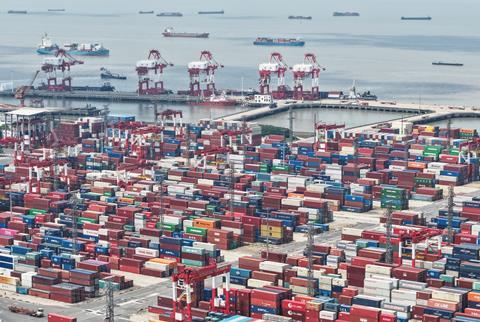
The Trump administration in the US has sketched out a trade deal with China that reduces tariffs on both sides. This follows on from a general agreement with the UK on trade on 8 May. Full details have yet to be negotiated but industry has seen a reprieve from some sky-high tariffs.
The deals came weeks after the US announced high import tariffs on many countries in early April, including 34% on China, which in a tit-for-tat exchange later rose to 145%, with China imposing a 125% levy on US imports. The April tariffs caught markets by surprise and caused US stock markets to gyrate wildly.
The tariffs had slammed the brakes on trade between China and the US, stoking recession concerns for the US. ‘It is unprecedented to decide willy-nilly to impose in a matter of weeks triple digit tariffs on a major trade partner. Then a month later to say we’re going to pause them,’ says Al Greenwood, deputy editor for the energy and chemicals intelligence firm ICIS.
‘Everyone is just waiting and not making decisions,’ says Ivan Lugovoi, professor of supply chain management at Kühne Logistics University in Hamburg, Germany, about the European pharmaceutical sector in the face of the tariff wars.
We saw a number of Chinese chemicals destined for the US being rerouted to Southeast Asia
An agreement reached in Geneva, Switzerland, on 12 May drastically trimmed tariffs for 90 days, allowing space for negotiations. The extra US tariffs fell from 145% to 30%, while China’s fell from 125% to 10%. There was surprise at how quickly an agreement came, and commentators suggested that the spat had inflicted severe pain on both sides.
Chemicals holding back
The chemicals industry breathed a sigh of relief. During the recent rounds of quarterly financial reporting, companies had noted weakening demand. ‘Uncertainty about trade policy has caused paralysis among chemical customers and a reluctance to invest and to purchase,’ says Greenwood. ‘We saw a number of Chinese chemicals destined for the US being rerouted to Southeast Asia.’
The White House said that the US administration wants China to stop exporting precursors of fentanyl, open its markets to American companies, and return strategic industries to the US. The speedy agreement with China has turned the mood music more optimistic on trade, for now.
Some sector tariffs that the US introduced broadly on aluminium, steel and motor vehicles remain in place, despite the Geneva agreement. Greenwood suspects that these tariffs will raise the price of consumer goods and dampen demand for chemicals and plastics used to make those products.
The EU has also responded with a list of retaliatory tariffs that includes levies on chemicals, cars, health products and machinery. An obvious target is US chemical exports. The US generates big surpluses of ethylene, generated by cracking ethane from shale oil and gas production. Billions of dollars have been invested in huge ethylene crackers on the US gulf coast.
The US exports large volumes of ethylene derivatives such as polyethylene, ethylene glycol, polyvinyl chloride and vinyl acetate to China, Europe and other destinations. ‘The world has a supply glut,’ Greenwood says of these products. ‘That makes these US exports an ideal target for retaliation.’ The retaliatory tariffs from China included ethane and polyethylene shipments, but these were unofficially waived, according to Greenwood.
In 2024, the US accounted for 59% of all Chinese imports of LPG (liquefied petroleum gas) – mainly propane and butane – again mostly from shale production. US exports could find new markets, and China could replace some US imports with Middle Eastern petrochemicals. Nevertheless, rerouted supply chains would be less efficient, says Greenwood, and costs would rise.
Some European countries pay smaller prices [for drugs] because they implicitly choose to not access innovative treatments as quickly
The tariff battles, moreover, have come at a difficult time for the chemicals sector with a downturn due to higher interest rates, which lowered construction activity, and lower demand for durable goods. ‘China has continued to increase capacity for a number of chemicals and plastics, such as acetyls and nylon,’ hurting US and European nylon producers, says Greenwood.
Meanwhile, an outline deal between the US and the UK aims to remove trade barriers and grow ‘the quality and volume of mutually beneficial trade’. This includes preferential treatment for British steel and aluminium products so long as US conditions on security of supply chains and the ownership of production facilities are met – widely seen as targeting China.
The UK promised also to ‘improve the environment for pharma companies’ operating in the UK and to offer duty-free access for 1.4 billion litres of US ethanol. This led to warnings from two UK bioethanol companies that their biggest plants could close as a result. In terms of chemicals, Greenwood says the UK does not feature as a big trade partner for the US.
Pharma braced for pricing shake-up
Meanwhile, the US has mooted sectoral tariffs on copper, lumber and pharmaceuticals. More concretely, President Trump signed an executive order on pharmaceuticals to target high prices of prescription drugs in the US. In a statement, the White House alleged that Americans pay inflated prices while ‘foreign health systems get a free ride’ by suppressing the price of drug products below fair market value.
It said it would facilitate direct consumer purchase programmes for drug manufacturers to sell their products to Americans at a ‘most favoured nation price’, matching the lowest price paid by international buyers. Officials are to communicate price targets to manufacturers. The plan contains few details on mechanism.
While European countries often negotiate lower prices from drug manufacturers, there are trade-offs. ‘Some European countries pay smaller prices because they implicitly choose to not access innovative treatments as quickly,’ says Pierre Dubois, health economist at Toulouse School of Economics, France. Many countries also opt not to pay for drugs that they assess as not meeting value-for-money thresholds. ‘The UK and France sometimes make difficult choices when negotiating lower prices,’ says Dubois.
While Americans can pay more for branded prescription drugs, US generic medicines are often cheaper than elsewhere. In 2022, US president Joe Biden introduced a mechanism for the state-backed health insurance programme Medicare to negotiate drug prices directly with pharmaceutical firms. The move to lower prices attracted scathing criticisms from industry and Republican politicians.
Trump’s order has similarly been criticised, with claims it will stifle innovation, raise costs and endanger patients’ lives. ‘Europe benefits from the US market where the industry manages to get higher profits than in Europe to finance its R&D,’ notes Dubois. He adds that Europeans could consider investing more in R&D by paying higher prices for really innovative and useful treatments. However, Lugovoi stresses that countries are entitled to negotiate in their own interests. ‘You cannot blame European countries if companies are willing to supply at these prices,’ he says.
Lugovoi says that the US situation with high drug prices does need to be addressed. ‘The size of the US and the simplicity in registering for the entire country means that logically they should not have high prices,’ he says, adding that part of the US problem is the power held by intermediary purchasing organisations. The US, he says, needs a new system to reduce prices. Dubois says that the US needs a more efficient organisation of its insurance and provider system, but warns that the ‘most favoured nation’ policy proposed would likely reduce US prices only slightly while raising prices in reference countries a lot.
As for efforts to bring back drug manufacturing to the US, Lugovoi says this is feasible but it takes years for facilities to be set up and companies would need to be compensated or encouraged with carrot, not just stick, to move to a higher cost setting.






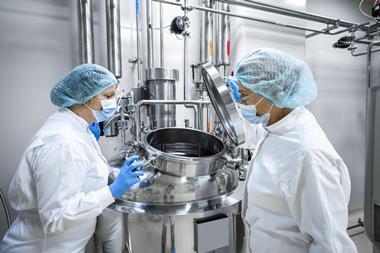
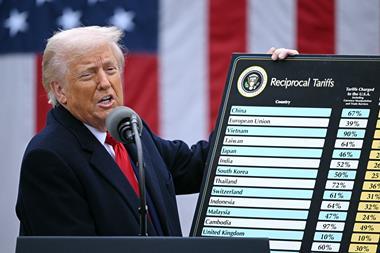
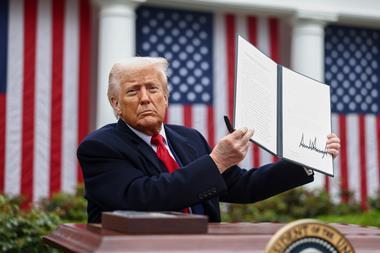
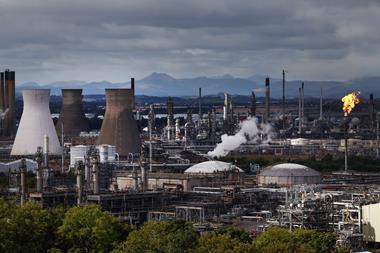


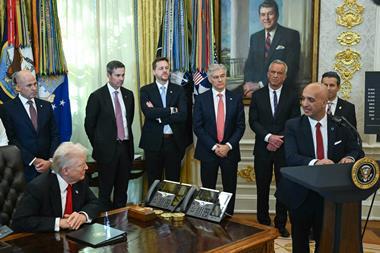
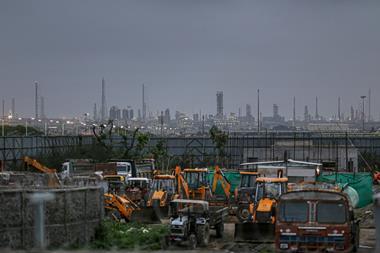



No comments yet